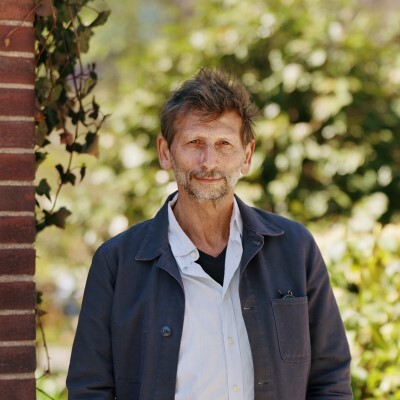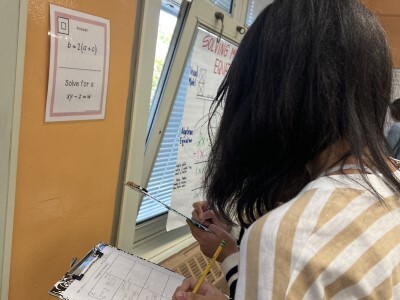Moving Mountains with Wonder, Joy, and Curiosity: Dispatches from Agastya
Topics
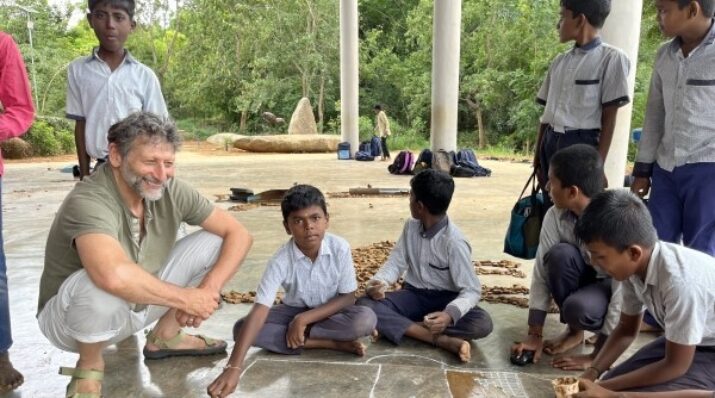
We’ve all had the experience of truly purposeful, authentic learning and know how valuable it is. Educators are taking the best of what we know about learning, student support, effective instruction, and interpersonal skill-building to completely reimagine schools so that students experience that kind of purposeful learning all day, every day.
Transforming education can feel like moving mountains. Agastya is doing just that to provide a heart-centric and relational form of experiential learning for both students and educators.
These days I awake not to the abrasive sounds of garbage trucks at dawn, or the jarring clang of scaffolds being assembled that drape most New York City buildings, but to the shrieks of shy peacocks residing in the surrounding forest where monkeys sleep curled like babies in the arms of Banyan trees. For a week now I have been transported to another world, Bangalore India, where for the next two months I will be a scholar in residence at the Agastya Foundation.
Agastya (aga=mountain + gam=to move; i.e., a mover of mountains) is a not for profit foundation begun 25 years ago by Ramji Raghavan, a successful banker who abdicated the stratospheric life of high finance in London to return home to pursue a dream and a vision to transform education for millions of underserved children in India. Twenty-five (25) years later, Agastya serves more than 5 million students a year, cumulatively reaching 25 million children and over 200,000 government school teachers since its inception.
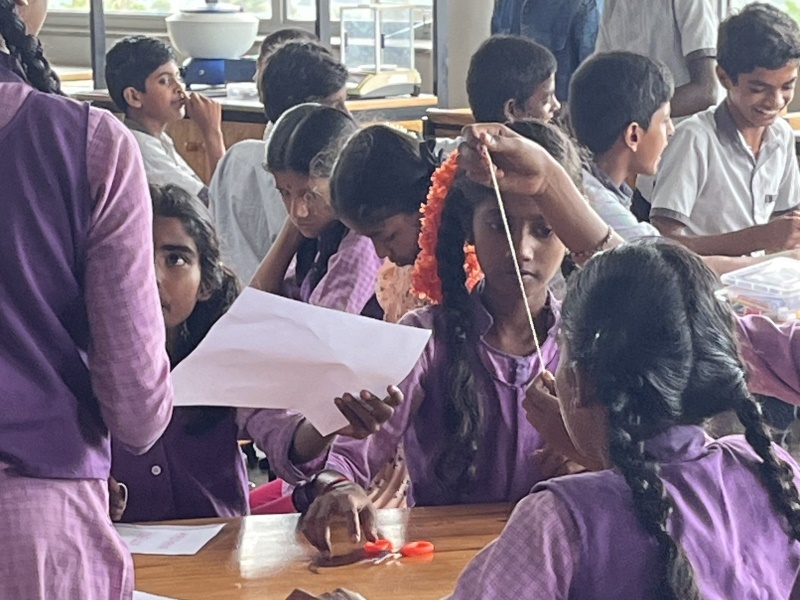
Deeply influenced by the work of Indian educator and philosopher, Krista Murti, the foundation's vision is embodied in its 177 acre campus, aptly called the Creativity Campus. Approximately 700 children in bright uniforms the color of hyacinths and wild lilies come to the Creativity Campus each day to experience a qualitatively different way of learning. Over the course of a year they will return 9-12 times. This is not a one off experience. It is a transformative one.
The campus also hosts six-day residential institutes for government school teachers to be exposed to and immersed in the methods and pedagogy of Agastya. (Imagine public school teachers from all over the U.S. becoming replenished and restored by six days in a bucolic sanctuary of learning. I do.)
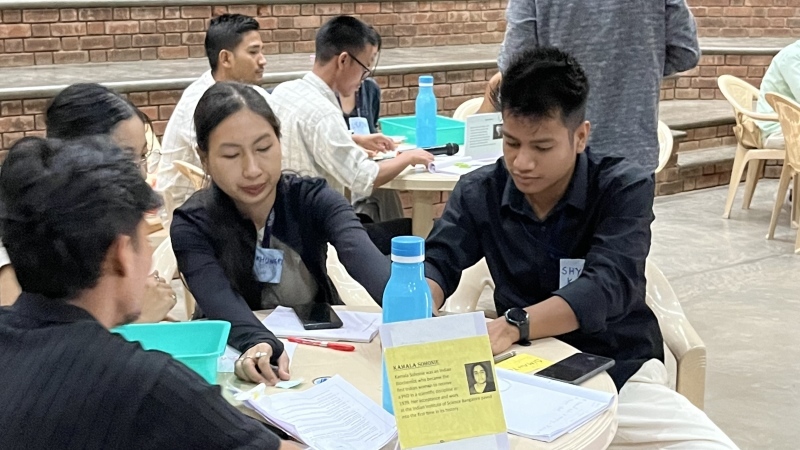
The concepts and practices of hands-on, experiential, and project-based learning, now combined with design thinking, is not jargon or fluff at Agastya. The framework and practices support everything that happens here, from how children are greeted to the aesthetic display of their work. John Dewey, Maria Montessori, and the entire community of progressive and radical educators would be overjoyed. Along with wondering why we can’t do that here.
The Creativity Campus and Catalysts
The campus is composed of a cluster of uniquely designed “discovery centers:” a biodiversity lab, which includes a neurobiology lab, a sensorium, a DNA lab, and a mechanics of movement lab; an arts center; a media center; an innovation hub; a library; a state-of-the-art auditorium; and a planetarium.
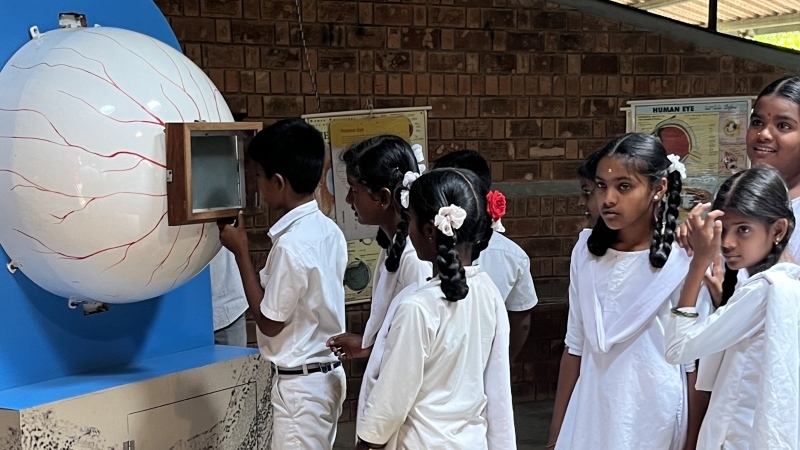
Language matters here. The educational staff are called catalysts and ignitors. Their names reflect an unflinching devotion to transformative and life-giving practices. Their role is to inspire not control or transmit information.
The sprawling green and meticulously designed campus is enlivened with sculptures of local animals made from found and recycled objects, emboldening walls, lamp posts, gates, trees, and the facades of buildings. Beauty at Agastya is not an afterthought. It is an intention found everywhere. The campus is a cross between a theme park (games, playgrounds, art work) and a pollinator garden, where a diverse fountain of ideas, concepts, practices, and people mingle and interact in generative, reciprocal, and energizing ways.
Every morning the administrative team of 15-20 catalysts assemble at 9:15 in a circle, in what is called shuddhi, which means focused attention. Here each person addresses the group sharing observations and insights from the previous day and the plan for the day ahead. Each meeting introduces one of the 400 native plants on campus and describes its spiritual and medicinal value. The meeting concludes with two minutes of silent meditation.
The mantra of Agastya, spoken, visualized, and internalized, is characterized by four elements:
- Aah (curiosity)
- Aha (joy from engaging all senses in creativity, discovery, and understanding)
- Ha Ha! (competence that creates a sense of confidence)
- Care (instilling love and empathy).
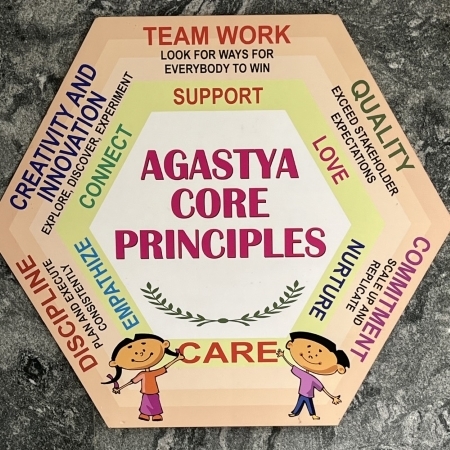
Youth and Adult Learning: Interdisciplinary, Experiential, Beautiful
During my first week I witnessed children from elementary and middle schools working in the art lab which is a combination of gallery and workshop in one. The ceilings are cathedral-like with windows that look out onto a vast green landscape of woods and mountains, suffusing everything with natural light. The children assemble in small teams of three to five creating collages with elements of nature (rocks, leaves, tree bark) and recycled objects (nails, wheels, bike chains) all the while incorporating the physical concepts of centripetal and centrifugal motion. What a beautiful thing to see disciplines overlapping rather than sealed in the cubby hole of mutually exclusive categories. Children focus on process, spend time learning how to observe, draft ideas, and collaborate.

During an ignitor training, I observed young educators with palpable enthusiasm and joy work at tables in groups of five or six. The premise of this training is to use story-telling that draws on local mythology and animals to teach mathematical and algebraic concepts. One thing is quite clear: here there are no textbooks. Agastya deploys the powers of the imagination that feeds story-making and story-telling as a vehicle for understanding across all disciplines.
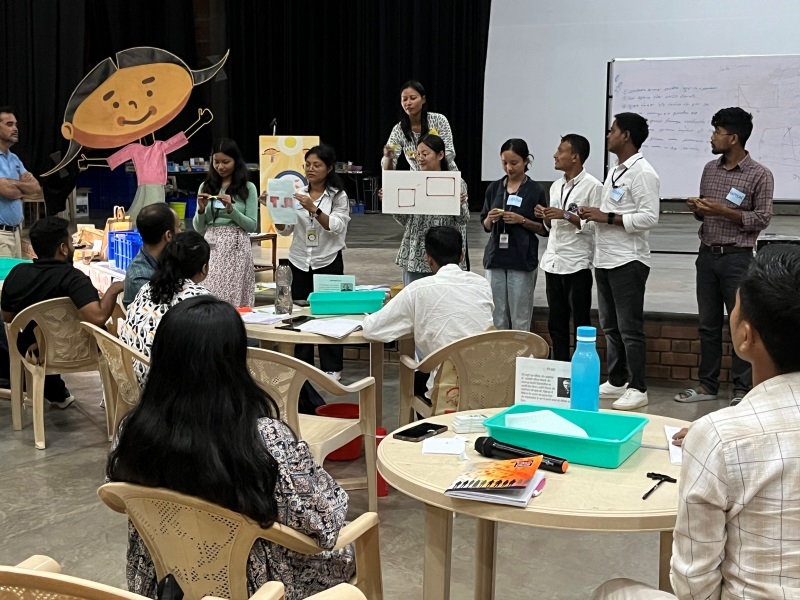
At another teacher training session, I saw teachers engaging in hands on activities (always in teams), to explore the concepts of magnetism and how light travels, creating artifacts which embody these concepts. The premise behind this training is that you cannot teach experiential learning to children unless you as a teacher have had the same experience of discovery and open-ended inquiry. The beauty here is how theory and practice are aligned.
And so ends my first week. Or should I say, so begins my second one. Not a day passes where I do not feel a sense of astonishment.
I have come here on a reciprocal mission: to observe, listen, record, share, and learn. I am a visitor in a foreign land except there really isn’t anything strange about what I am observing. In fact, in less than a week, the children and the teachers have begun to restore and replenish my sense of what is possible. That through forging and spreading a different kind of educating—heart-centric and relational—we can heal this fractured world. Even the native monkeys seem to agree, delighting in this world view of freedom.
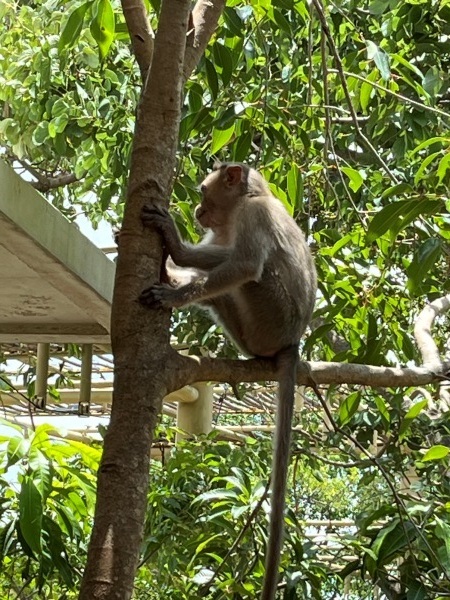
Read David's next dispatch: The Boundless Potential of Curiosity, Caring & Doing: More Dispatches from Agastya
All photos courtesy of the author.

